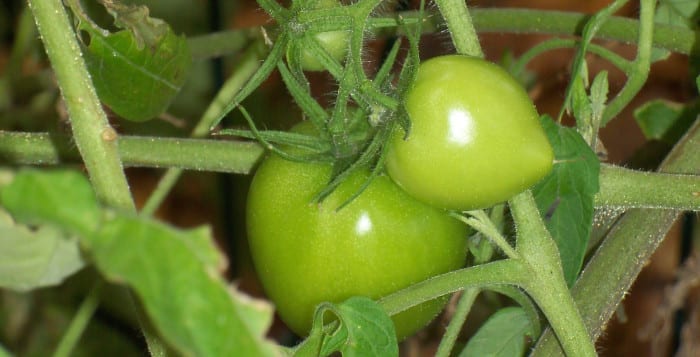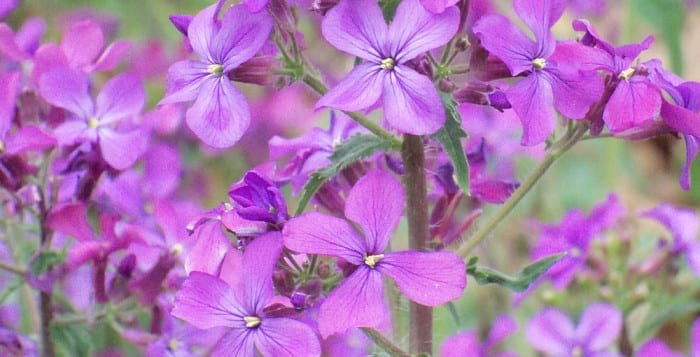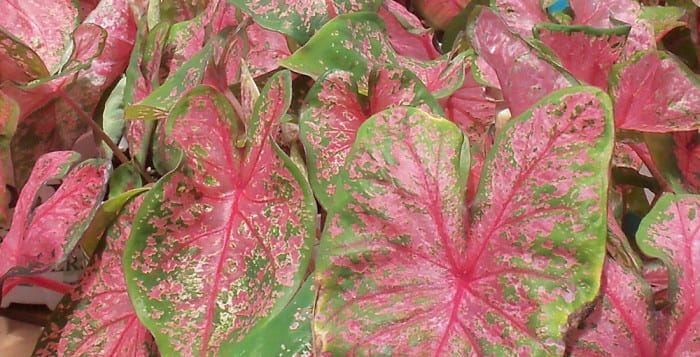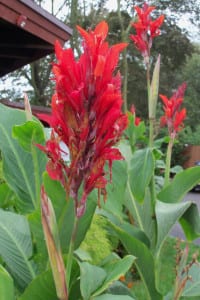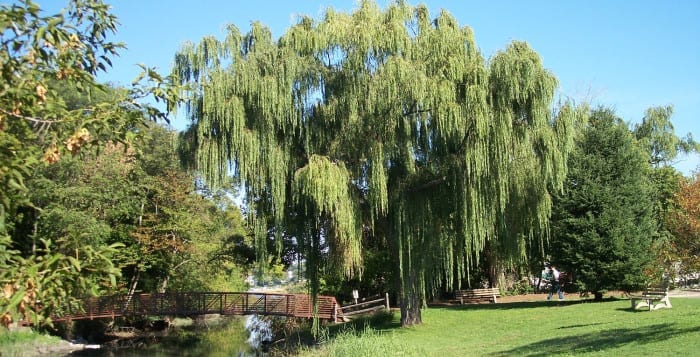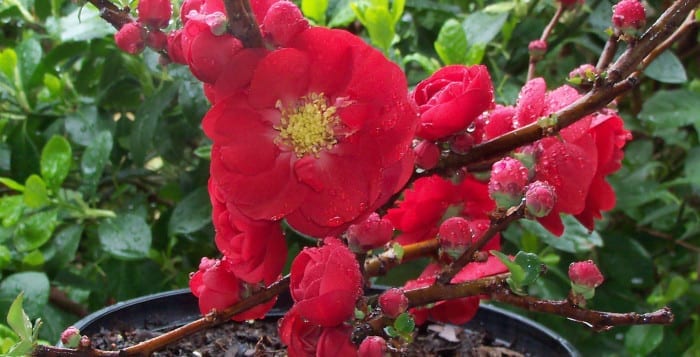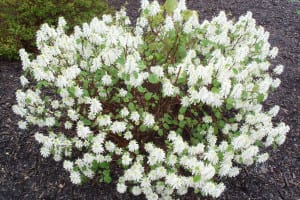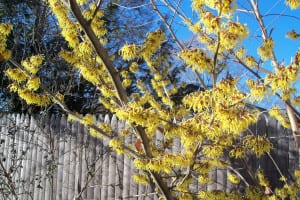By Dr. L. Reuven Pasternak
This holiday season, imagine giving a priceless gift that costs nothing. A gift that not only can change lives but can also save them.
That’s the gift of organ donation registration. A simple act of kindness and generosity that can let one live on in others. From heart donations that allow young children to reach adulthood, to kidney transplants that enable recipients to avoid the difficulty of dialysis, to skin grafts that save the lives of burn victims, organ donations have changed the future for many in the most important of ways.
On Oct. 6, Stony Brook Hospital’s Department of Transplantation partnered with LiveOnNY, enlisting a team of volunteers from Stony Brook Medicine and Stony Brook University for a regional organ registration drive event involving close to 100 participating organizations. Our goal that day was to enroll 250 new organ donors. I’m delighted to say we literally quadrupled that number with 1,000 new registrants and earned recognition as the leading transplant center and university for enrollees that day for our region — which includes Long Island, New York City, and towns as far north as Poughkeepsie.
But we’re not stopping there. Stony Brook is committed to continuing to spread the word throughout our community about the importance of organ donation registration. New York still ranks 50th out of 50 states in the percentage of residents enrolled as organ donors. That’s a number that must change. And I know we can change it together.
Just one organ donor can save up to eight lives. Yet, right now, there are more than 10,000 people in New York awaiting an organ donation. Not all of them will get one. In fact, every 15 hours, a New Yorker dies waiting for a lifesaving transplant. And one of the reasons for this is that only 25 percent of the residents of our state are registered organ donors. Nationwide, the average is 47 percent. I know we New Yorkers can do better than this.
Unfortunately, there are many beliefs about organ donation that are simply untrue but that may prevent people from registering. If you are a registered organ donor and end up in a hospital, doctors will do whatever they can to save you. There is no cost associated with being an organ donor. And if you’re concerned that donating organs is not allowed by your faith, you should know that most major religions support organ donation, considering it a profound act of kindness.
With the holidays upon us, why not consider giving the most important and meaningful gift there is? The gift of life. You can find instructions for registering and get answers to questions about organ donation at www.livelongny.org or download a registration form at www.stonybrookmedicine.edu/patientcare/organdonation.
Dr. L. Reuven Pasternak is the chief executive officer at Stony Brook University Hospital and the vice president for Health Systems at Stony Brook Medicine.

